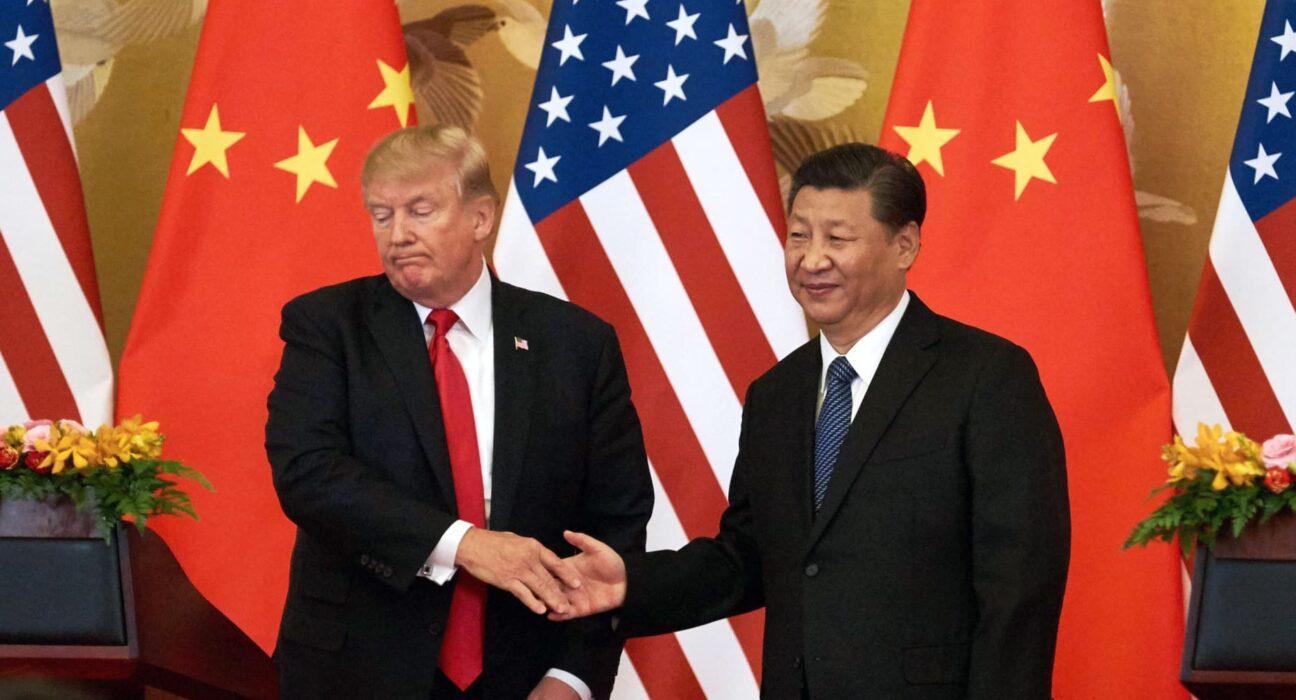President-elect Donald Trump’s recent tariff threats may have you feeling like things are about to get very difficult. While the proposed 25% tax on Mexican and Canadian imports and 10% on Chinese goods could be a negotiating tactic, it’s crucial for savvy entrepreneurs like you to understand the implications and start planning for potential plot twists ahead.
Tariffs as a Negotiation Tool
Many trade experts view Trump’s proposed tariffs more as a negotiation strategy than a certain policy. “Donald Trump was willing to tweet out tariff threats, usually in the evening, after watching Fox news, and those tweets typically didn’t come to much of anything,” notes Scott Lincicome, a trade expert at the libertarian CATO Institute. While the president-elect argues his previous tariffs created jobs without sparking inflation, economists say U.S. consumers and businesses largely foot the bill.
So, what does this mean for your small business? Well, it’s time to put on your strategic thinking cap! As entrepreneurs, we’re no strangers to adapting to changing circumstances. The key is to stay informed, proactive, and ready to pivot when necessary.
Industries in the Crosshairs
If implemented, the tariffs could hit certain sectors particularly hard. Let’s take a closer look at the potential impact on your industry:
Consumer Electronics
With nearly all consumer electronics imported, price hikes would be swift. The Consumer Technology Association estimates laptops and tablets could surge up to 45%, with smartphones, gaming consoles, and TVs also seeing increases.
Small retailers and repair shops may struggle to absorb costs or pass them to price-sensitive customers. If you’re in this sector, it’s time to get creative with your pricing and inventory strategies! Consider bundling products or services to provide more value to your customers, or explore alternative suppliers to minimize the impact of tariffs.
Automotive
The integrated North American auto industry means car parts can cross borders multiple times before completion. Tariffs would jeopardize this “seamless trade,” says Lincicome, “harming a lot of American manufacturers and manufacturing workers.” Independent garages and parts suppliers could face supply disruptions and cost pressures.
But hey, if anyone knows how to navigate a bumpy road, it’s small business owners like you! Now’s the time to strengthen your relationships with suppliers and customers alike.
Agriculture and Food
Tariffs on Mexican and Canadian produce would raise costs significantly. “You would see restaurants changing their menus so they could reduce the amount of produce that goes into their plates, or raising prices,” says Lance Jungmeyer, president of the Fresh Produce Association of the Americas. Grocers, food trucks, and cafes may have to adjust offerings and pricing to compensate.
With a little menu magic and customer communication, you can keep your hungry patrons coming back for more. Consider featuring seasonal, locally-sourced ingredients to reduce your reliance on imported goods, or get creative with your menu descriptions to highlight the value and quality of your offerings.
Fuel Costs
Canadian crude accounts for about 20% of U.S. oil imports. With a 25% tariff, gas prices could jump 30-70 cents per gallon quickly, hitting the Midwest hardest. Businesses with vehicle fleets or heavy machinery would feel the pain of spiking fuel costs.
Time to put the pedal to the metal on fuel efficiency and alternative energy options! Investing in energy-efficient vehicles, optimizing routes, and exploring alternative fuels can help you manage rising costs while also reducing your environmental impact.
Strategies to Weather the Storm
While the tariffs’ fate remains uncertain, small businesses can take proactive steps to build resilience. Here are some tips to help you stay ahead of the game:
Review Supply Chains
Examine your reliance on imported materials and consider diversifying suppliers or shifting to domestic sourcing where feasible. Strong supplier relationships can help you collaborate to minimize the tariffs’ impact. Don’t be afraid to get creative and think outside the box!
As a small business owner, I’ve found that building personal connections with suppliers has been invaluable in navigating challenges together.
Communicate with Customers
Be transparent about the reasons behind any unavoidable price increases. “If you want to maintain your customer base, explain to them that the price of avocados went up by this much, so now your burrito costs 25% more,” advises Jungmeyer.
Work with clients to find mutually agreeable solutions. Remember, honesty and open communication are key to building lasting customer relationships. In my experience, customers appreciate knowing the story behind the prices they pay. Consider using social media, email newsletters, or in-store signage to keep your customers informed and engaged.
Advocate for Your Interests
Make your voice heard by reaching out to local representatives, industry associations, and chambers of commerce. Share how the proposed tariffs could affect your business and community. Collective advocacy can help shape more favorable policies.
Don’t underestimate the power of your small business voice! As an entrepreneur, you have a unique perspective on the challenges and opportunities facing your industry. Sharing your story and joining forces with other small business owners can help shape the conversation and influence decision-makers.
Stay Informed
Monitor the situation closely and be ready to adapt your strategy as needed. Regularly reassess your pricing, supply chain, and cash flow to ensure your business remains on solid footing. Stay connected with industry peers and thought leaders to stay ahead of the curve.
As a small business owner, I know how easy it is to get caught up in the day-to-day operations of your business. But making time to stay informed about the broader economic and political news is crucial to your success.
Set aside regular time to read industry publications, attend webinars or conferences, and connect with other entrepreneurs in your network.
The Way Forward
“Unanticipated challenges are part of being an entrepreneur,” says Mike Gray, a supply chain consultant. “The key is to stay nimble, creative, and focused on delivering value to your customers, no matter what the global trade winds may bring.”
And remember, you’ve got this! Your entrepreneurial spirit and determination will see you through any challenges that come your way. As a fellow small business owner, I know that the road ahead may be bumpy at times. But I also know that we’re a resilient bunch, with the grit and ingenuity to overcome any obstacle.










